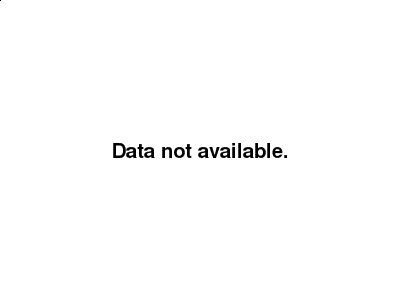The weak producer inflation readings reported by the Labor Department on Tuesday came against the backdrop of a slowing economy amid trade tensions and cooling growth overseas. The Fed cut rates in September after reducing borrowing costs in July for the first time since 2008, to keep the longest economic expansion on record, now in its 11th year, on track.
The producer price index for final demand dropped 0.3% last month, weighed down by decreases in the costs of goods and services, the government said. That was the largest decline since January and followed a 0.1% gain in August.

In the 12 months through September the PPI increased 1.4%, the smallest gain since November 2016, after rising 1.8% in August. Economists polled by Reuters had forecast the PPI nudging up 0.1% in September and advancing 1.8% on a year-on-year basis.
Excluding the volatile food, energy and trade services components, producer prices were unchanged last month after jumping 0.4% in August. The so-called core PPI increased 1.7% in the 12 months through September after climbing 1.9% in August.













